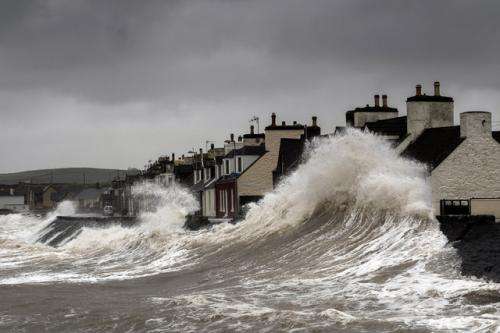The cost of living in the Anthropocene

A biologist and an anthropologist have joined forces in a new journal article considering the true cost of living in the Anthropocene.
The Anthropocene is becoming increasingly recognised as a new geological epoch for the Earth, where for the first time in the planet's history, humans are having significant effects at a global scale.
Published recently in Earth Perspectives, Professor Michael Gillings and Elizabeth Hagan-Lawson urge for further interdisciplinary cooperation to ensure human welfare is maintained on a less predictable planet.
"The terms 'ecology' and 'economics' both use the same Greek root as a prefix, with 'oikos' meaning home," says Hagan-Lawson. "When we examined models across both fields for counting the cost of the Anthropocene, we found it surprising that there has not been more cross-disciplinary work between the two fields."
Gillings and Hagan-Lawson estimate the costs of the nine environmental tipping points, first identified by Johan Rockstrom, that are pushing us into the Anthropocene:
- climate change
- ocean acidification
- ozone depletion
- atmospheric aerosol loading
- phosphorus and nitrogen cycles
- global freshwater use
- land system change
- loss of biodiversity
- chemical pollution
They have also explored the consequences of transgressing the boundaries beyond which earth systems are likely to become unstable, and solutions available through interdisciplinary cooperation.
Dealing with the problems wrought by the Anthropocene will require increasing communication between workers in different fields, argue Gillings and Hagan-Lawson, including those in the natural and environmental sciences, international relations, economics, psychology and sociology.
"The challenge is that we need to work together, but our governance across these fields is required at time scales beyond past experience," says Gillings.
"The earth systems we are affecting operate at a time scale that is inherently mismatched with human decision making and our economic systems."
If policies continue to ignore intangible and long term costs, Gilings and Hagan-Lawson argue that we run the unacceptable risk of squandering our inheritance. By neglecting the true cost of consumption, we ignore the real value of natural capital.
More information: "The cost of living in the Anthropocene" is available online: www.earth-perspectives.com/content/1/1/2
Provided by Macquarie University



















